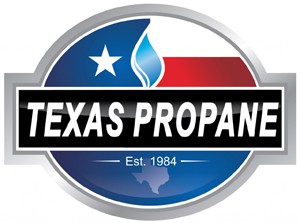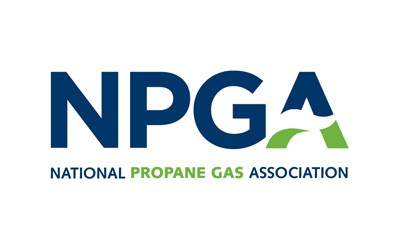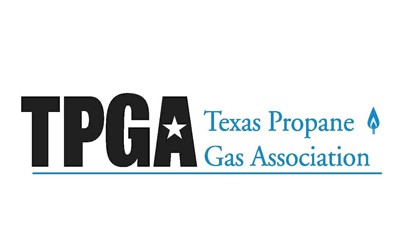Understanding Propane Bleeder Valves
The bleeder valve is built so that during the filling process, when the propane is going into the tank reaches 80 percent, liquid will come out of the opened valve. This allows the delivery driver to know that the tank has reached its maximum filling capacity. The valve is connected to what is called a dip tube that goes into the container. The dip tube is fixed and set at length equal to 80 percent liquid level tank capacity. Simply put, the tip of the dip tube is at the level equal to the container being 80 percent full. The dip tube itself should always be located in the vapor space and never submerged in liquid propane.
Fixed Liquid Level Gauge Operation
Basically, the fixed liquid level gauge tells the individual delivering the propane that the tank is at the maximum safe capacity. When installed by the tank manufacturer, the dip tube is pre-set to indicate when the tank is legally full during the filling process.
Consider it this way: When drinking a soda through a straw, you will not be able to get soda through the straw if the the tip of the straw is above the level of the soda. When the tip of the straw is in the soda, you are able to drink the soda. A dip tube works similarly to the straw principle.
These are just the basics of propane bleeder valves. Don’t hesitate to contact us here at Texas Propane with the link below for more information!







